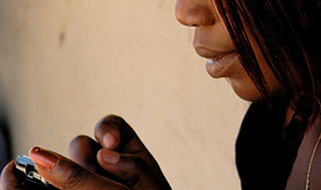One of the more interesting innovations in the past couple of years has been the use of crowdsourcing technologies during humanitarian emergencies and conflict. For example, after the earthquake in Haiti last January, you saw the emergence of the crisis mapping platform Ushahidi — which let people report incidents (blocked roads, felled buildings) in a geographically precise way; and Project 4636, which is a platform to which people using Haitian cell phones can send emergency information.
For the most part, these kinds of innovations are mostly being made in the grassroots. Large aid organizations are still trying to figure out how to use crowdsoursing to make their operations more effective. So far, there has not been a close examination of how bigger players in disaster relief can leverage these new tools and technologies for better coordination and to make their operations more streamlined.
That is, until today. The Harvard Humanitarian Initiative, the UN Foundation, the Vodafone Foundation and the UN Office for the Coordination of Humanitarian Affairs (OCHA) have come together to investigate the role that grassroots technology groups played in the Haiti earthquake response, and help pave a path for more seamless cooperation and communications between grassroots groups and large aid organizations in future emergencies.
Initial findings will be released at the one-year anniversary of the Haiti earthquake on January 12, 2011, and the full report will be available at the 2011 Harvard Humanitarian Action Summit, to be held March 4-6, 2011 in Cambridge, Massachusetts.
Here’s some more information from the UN Foundation.
